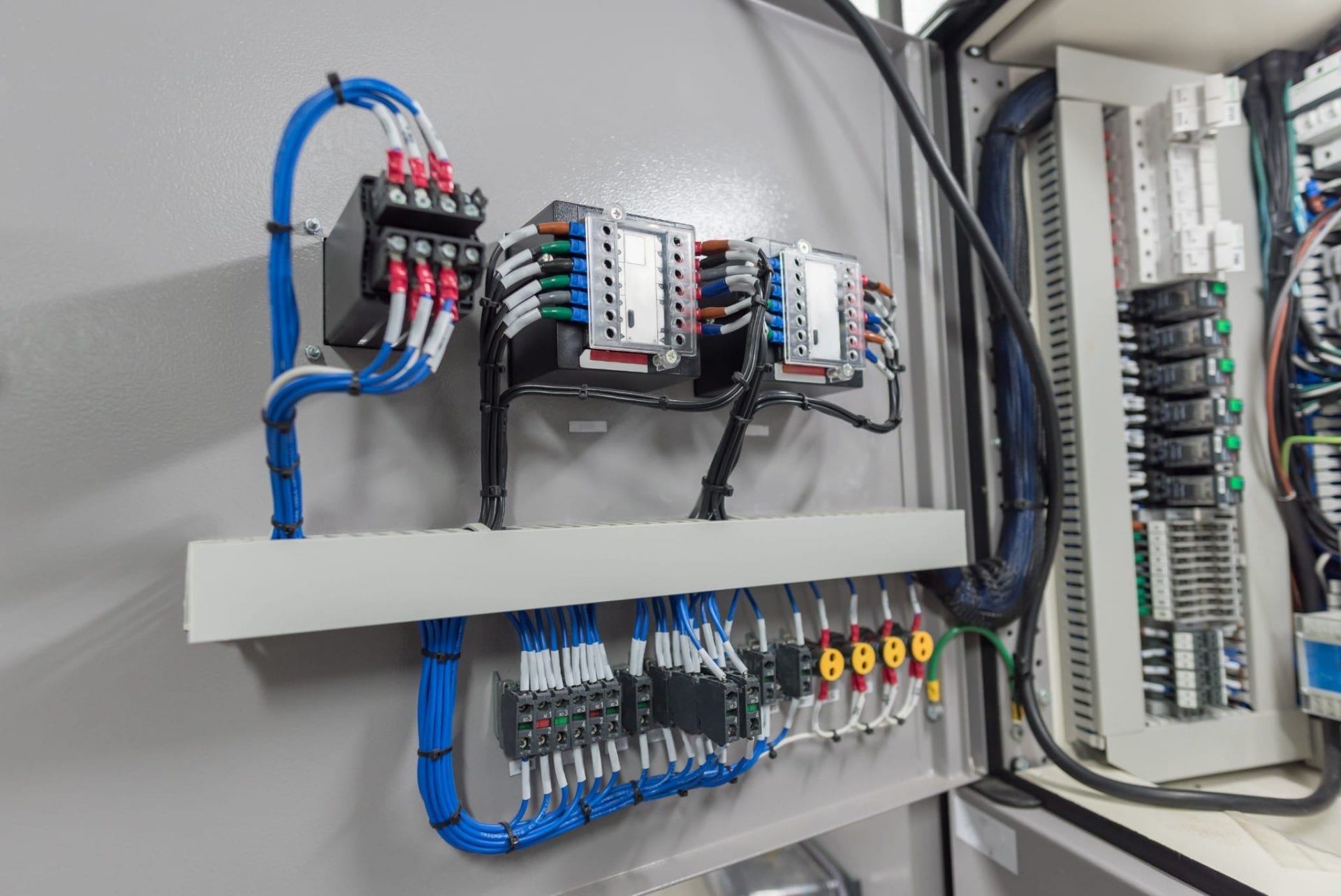The Ultimate Beginner's Guide to Electrical Wiring: Everything

Electrical wiring is an essential part of any home, and knowing it is crucial for each homeowner. Not only is it helpful to ensure the efficient operation of your home, but it is also critical for your security. In this post, we’ll discuss the basics of electrical wiring, the importance of safety as well as the benefits of hiring an authorized residential electrician to handle all of your electrical wiring needs.
Understanding the basics of electrical wiring
The electrical wiring refers to the network of electrical conductors that runs through your home, carrying electric power to appliances, devices, and lighting fixtures. It is formed by electrical circuits which connect the sources of power and your appliances. Circuits for electrical power are comprised of switches, wires, as well as other components of electricity that function to create a safe and efficient electrical system. There are different types of electrical wiring. These include aluminum, copper, and types of wire insulation such as PVC or rubber.
Planning and Preparation for Electrical Wiring
Before installing an electrical wire, you must consider several things to think about, including the type of wiring you need, the capacity of your electrical system and your power needs. It is also important to be aware of electrical wire regulations as well as permits that are required in your locality. To be prepared for electrical wiring, design an electrical plan, and then assess your electrical requirements. This will help ensure that your electrical system is secure efficient and effective, as well as meeting your power needs.
Materials and Tools Needed for electrical wiring
When making new electrical wiring, it is crucial to have the right materials and tools on hand. Tools that are essential include strippers, wire cutters, pliers, as well as an electrical voltage tester. Other items required to conduct electrical wiring include wire nuts, electrical tape, conduit, along with electrical boxes. It’s also beneficial to be equipped with a wiring diagram to guide you through the installation process.
Step-by-Step Instructions for Electric Wiring Installation
The installation of electrical wiring is a complex process, but with the right tools and expertise, it can be done in a safe and efficient manner. This is a step-by-step guide for installing new electrical wiring at home:
Shut off the power source to the area in which you’ll be working.
Design the wiring layout and mark the location where the wiring will be positioned.
Install electrical boxes and conduit wherever needed.
Cut and strip wires to the appropriate length.
Make sure you connect the cables to your fixture or device that you’re wiring.
Secure the wires in place by using wiring nuts, electrical tape, or even conduit straps.
Test the wiring to ensure that it’s functioning correctly.
During the installation process It is crucial to follow the best wiring installation techniques and guidelines. Be aware of common mistakes that you should avoid while installing wiring, for example, wiring circuits that are too large, using damaged wires, and using the incorrect type of wire for the job.
Troubleshooting Electrical Wiring Issues
Even with careful planning in the installation and design, wiring problems may develop. Common issues include wiring problems, overloads in circuits and electrical shorts. To solve these issues it is essential to know about the most common electrical wiring issues and be aware of how to safely and effectively tackle them. In addition, it is essential to follow electrical safety procedures when troubleshooting electrical wiring issues like shutting off the power source and wearing safety equipment.
Conclusion
In the end, knowing about the electrical wiring inside your home is essential for your safety and the efficient operation that your electric system provides. It is essential to employ an authorized electrician to make sure your wiring is installed and maintained properly. In Local Electrician Kingston, we provide a range of electrical services that include electrical wiring installation and repair. Call Local Electrician Kingston at 1300 933 820 for all your electrical wiring needs.
Electrical Wiring FAQ
Here are some frequently asked questions about electrical wiring, as well as additional safety tips and best practices for electrical wiring repair and installation:
What type of wire do I need to use to wire my electrical circuit?
The kind of wire you choose to use for your electrical wiring depends on your specific needs and the local building code. It is crucial to select the right gauge for your wire as well as the appropriate insulation type and wire materials to ensure the security and effectiveness of your electrical system.
Do I have to install my own electrical wiring?
While it is feasible to create an electrical wire yourself it’s essential to have the proper expertise and experience to install it effectively and safely. In the majority of instances, it is recommended to hire an authorized electrician to ensure that your wiring is installed and maintained correctly.
How often should I inspect my electrical wiring?
It is suggested to examine your electrical wiring every 10 years or when you observe signs of electrical problems, such as frequent trips to the circuit breaker or electrical shocks.
What should I do if I find electrical wiring issues within my home?
If you spot any electrical wiring issues within your home, like flickering lights or outlets that won’t work, it is important to take action immediately. Switch off the power source to the affected area and contact an accredited electrician to assess and repair the problem.
By following these tips and the best practices, you can ensure you have electrical connections that are secure and functioning correctly. Be sure to put safety first and consult with a licensed electrician in the event of a need. Contact Local Electrician Kingston at 1300 933 820 to discuss all of your electrical wiring needs.
